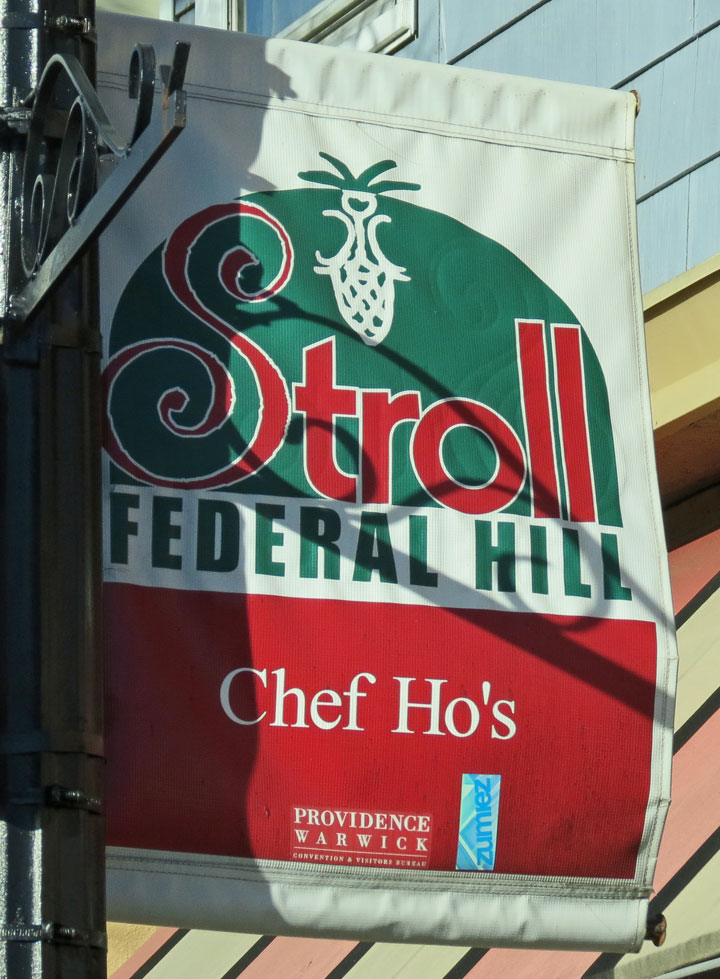

Federal Hill
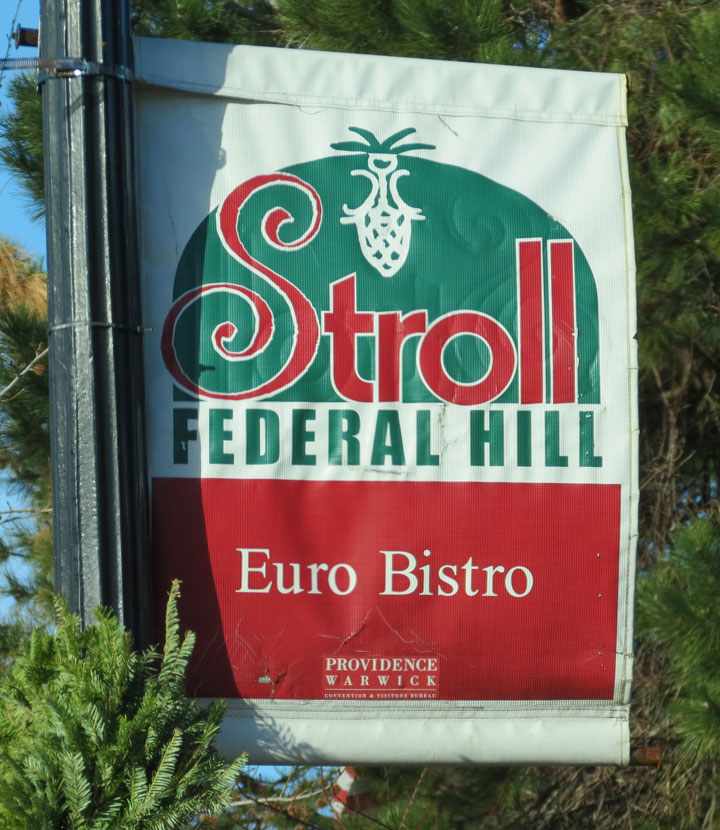
Federal Hill
The Federal Hill neighborhood has a salient role in the history of Providence due to its central location within the city. This part of Providence is best known for its Italian American community, Mafia ties, and abundance of restaurants.
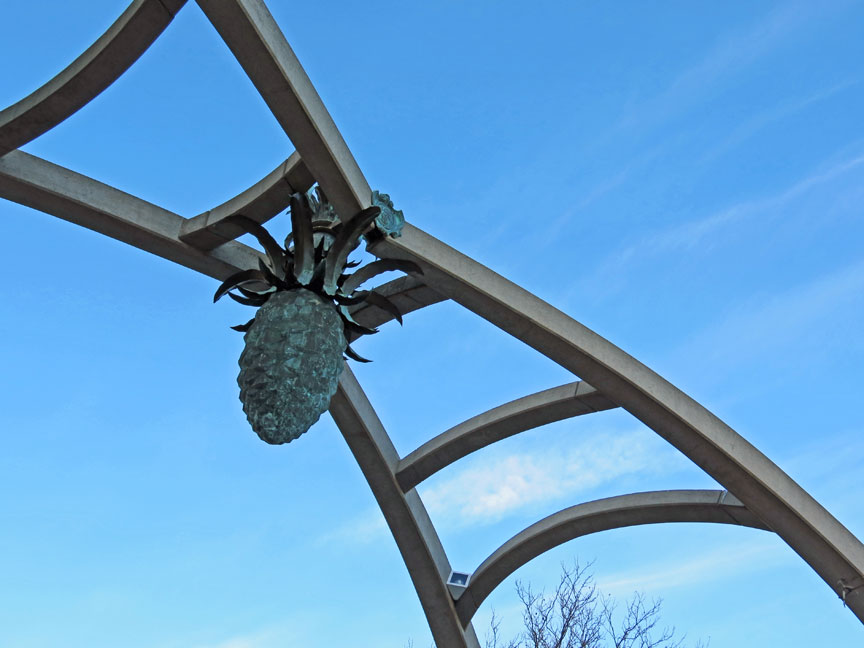
La Pigna
Federal Hill is bounded by Westminster Street to the south, Route 6 and Route 10
to the west and north, and Interstate 95 to the east. The area borders: Downtown
to the east, Smith Hill and Valley to the north, Olneyville to the west, and the
West End and South Providence to the south.
Gateway arch over Atwells Avenue. La Pigna sculpture, a traditional symbol of
welcome, abundance and quality, hangs from the center.
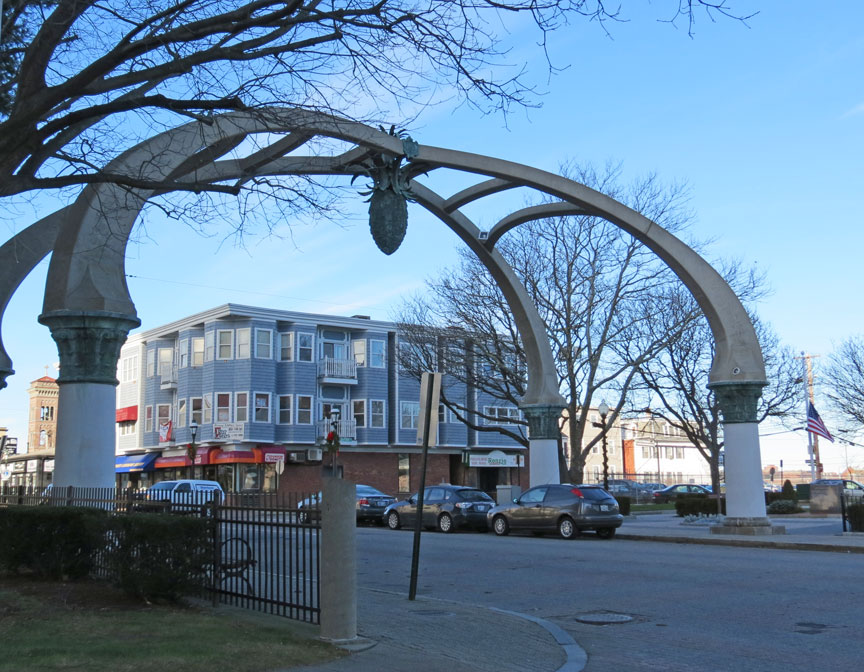
Detail of La Pigna sculpture on Atwells Avenue gateway arch.
Atwells Avenue is the cultural centerpiece of the neighborhood, with many famous restaurants densely clustered along it between Interstate 95 and Harris Avenue but it also contains a mix of other typical urban businesses such as numerous sandwich and pizza shops, convenience stores, a hotel, and tattoo parlors. The gateway arch over Atwells Avenue near Downtown is one of the most recognizable landmarks in Providence. The La Pigna (or The Pine Cone) sculpture hanging from its center, a traditional Italian symbol of welcome, abundance, and quality, is often mistakenly referred to as "The Pineapple" and has become the symbol of Federal Hill. Other important streets in the neighborhood include Broadway, home primarily to professional, medical and legal offices, but also to the historic Columbus Theater now used for both movies and live performances. Other than a commercial and warehouse section in the area of Dean and Washington Streets, most of the rest of the neighborhood is residential, often catering to college students. Johnson and Wales University also maintains the Renaissance Hall Dormitory on Federal Hill as well.
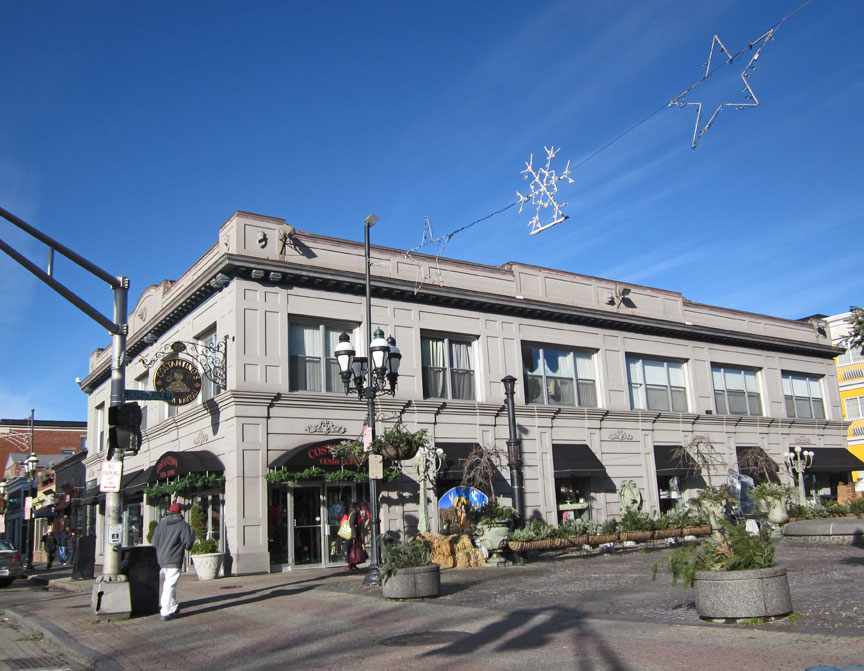
Most cross streets in the historic neighborhood between Atwells Avenue and
Broadway are one-way due to their narrowness. A few streets remain paved with
cobblestone.
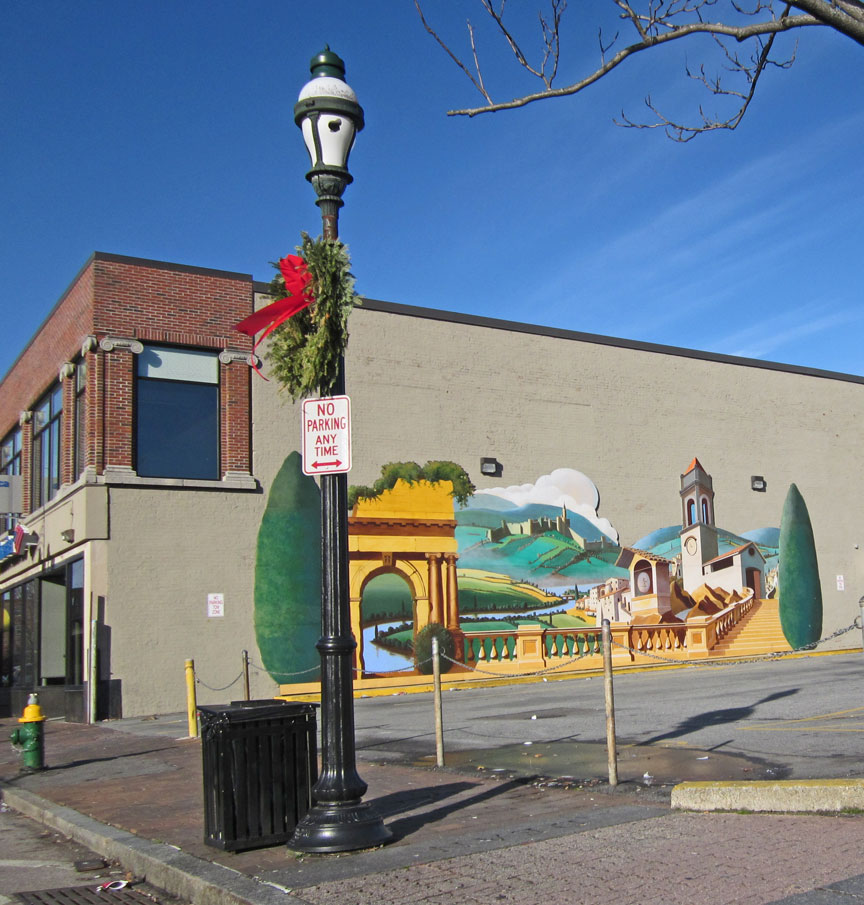
Federal Hill received its name after a 1788 Fourth of July ox roast celebration
on the plain adjacent to the hill. The organizers of the celebration intended to
celebrate the ratification of the Federal Constitution by the 9 of the 13 states
needed to create the United States. Because anti-federalist sentiment was strong
in Rhode Island, General William West led 1,000 armed farmers to Providence to
stop the celebration. Eventually, a compromise was reached and the celebrants
agreed to celebrate Independence Day only and not the ratification of the
Federal Constitution. The issue remained hotly controversial in Rhode Island for
two more years until the state finally became the last of the original thirteen
states to join the union.
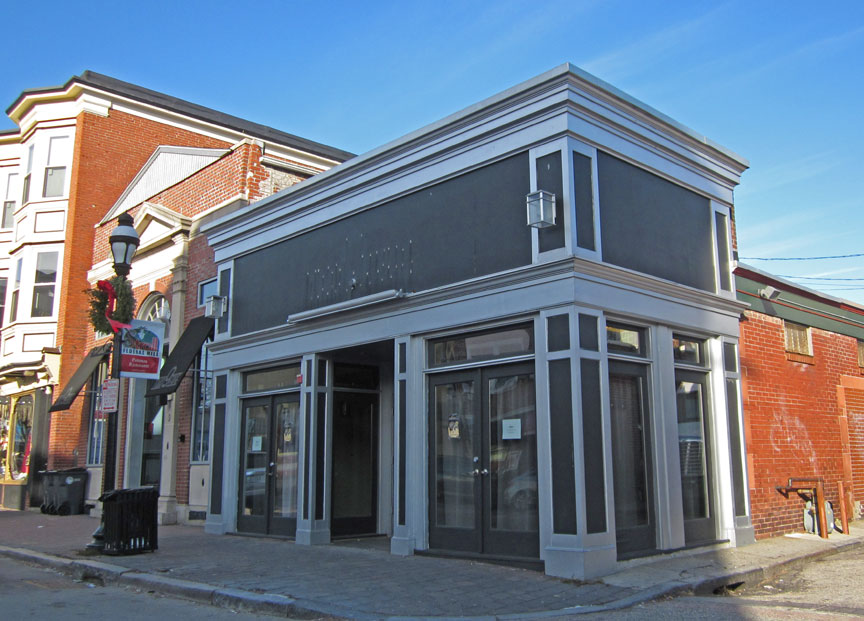
The area of Federal Hill was originally called Nocabulabet, believed to be an
anglicized version of either a Narragansett or Wampanoag phrase meaning "land
above the river" or "land between the ancient waters."
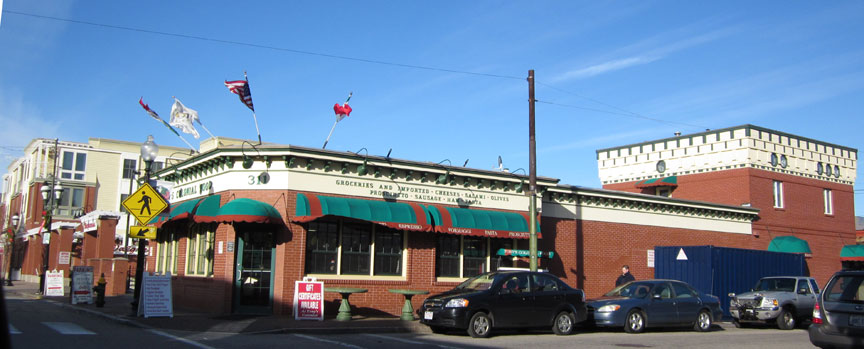
Federal Hill's Atwells Avenue is named for Amos Maine Atwell, who led a
syndicate of businessmen developing the western areas of the city in 1788. The
area developed into a working class area during the early 19th century in part
due to reverses in commercial shipping.
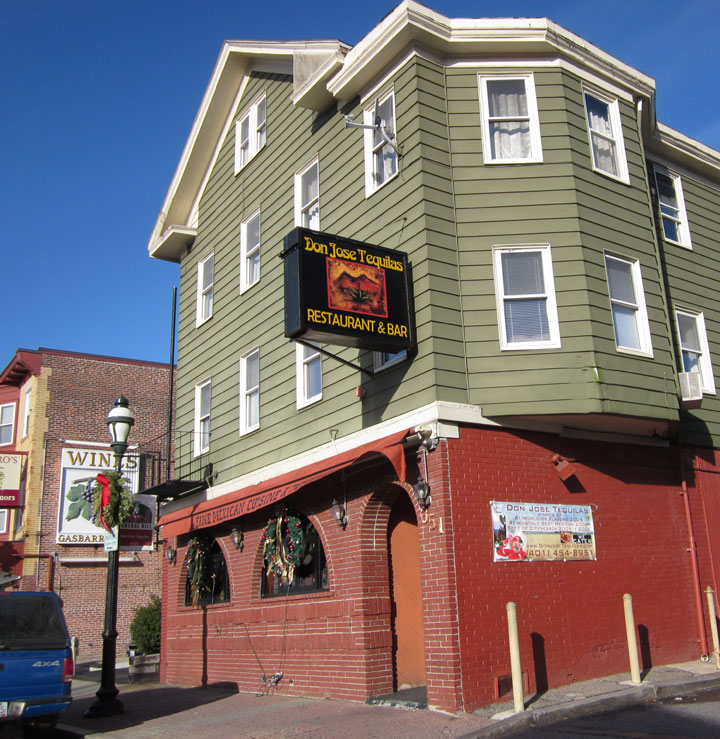
The first two decades of the 20th century witnessed heavy Italian-American
immigration into Federal Hill, making it the city's informal Little Italy.
Though the area today is more diverse, Federal Hill still retains its status as
the traditional center for the city's Italian-American community. Providence's
annual Columbus Day parade marches down Atwells Avenue.
Text from Wikipedia


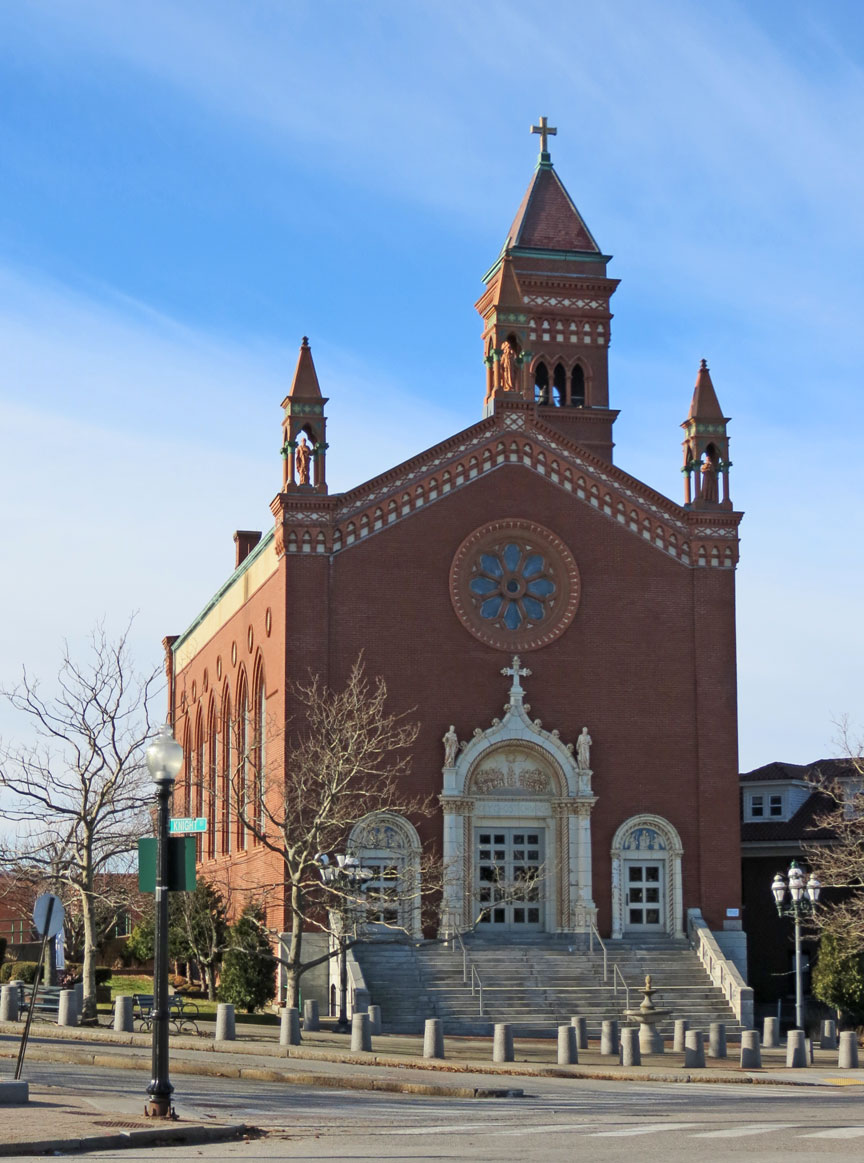
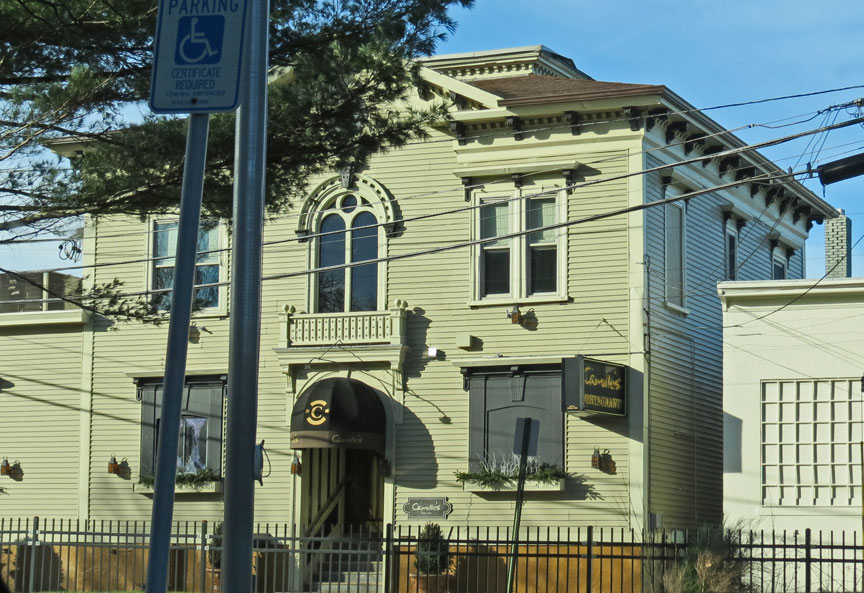
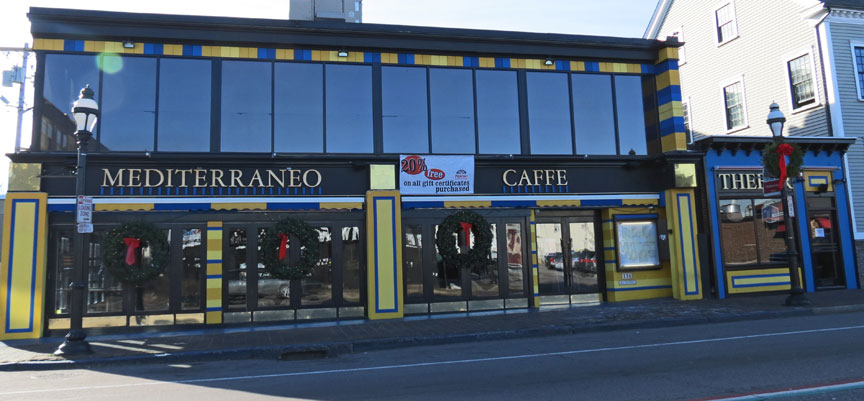
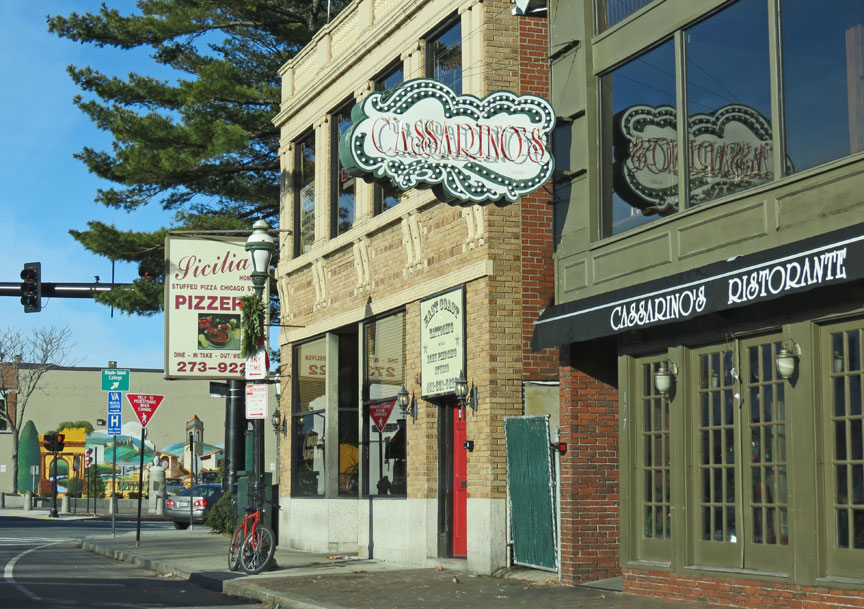
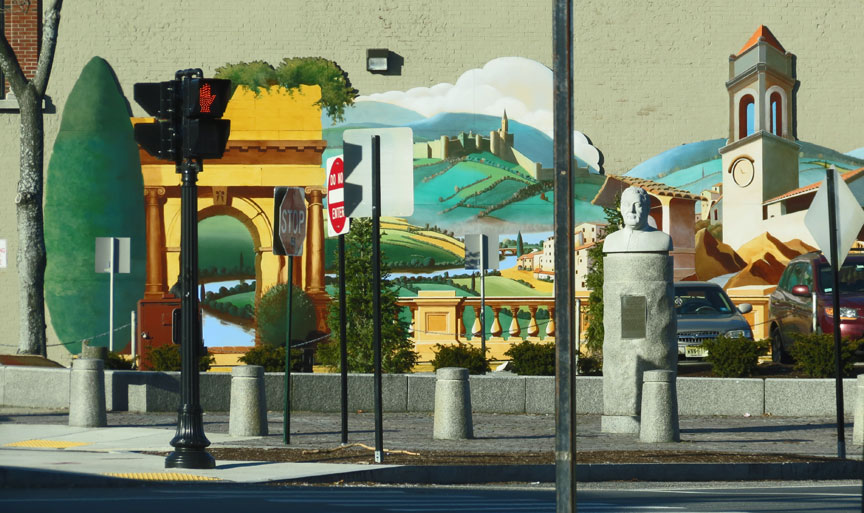

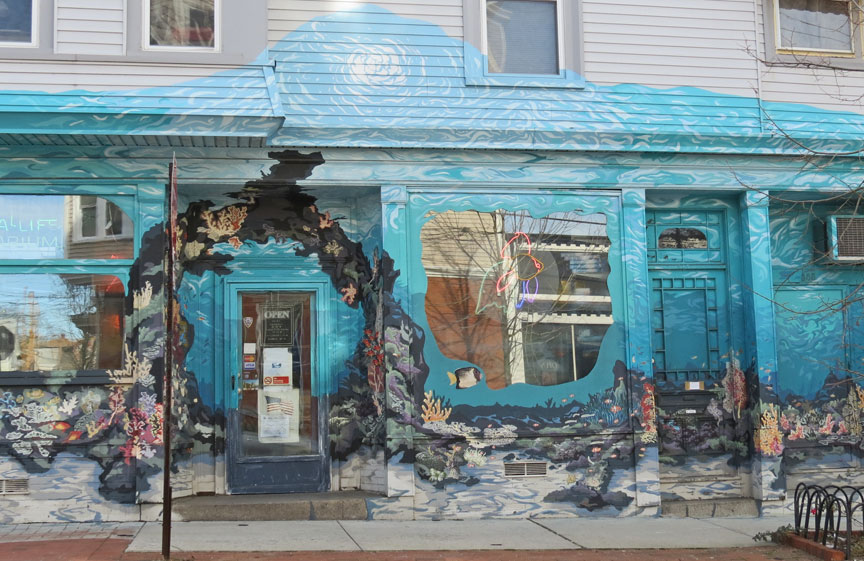
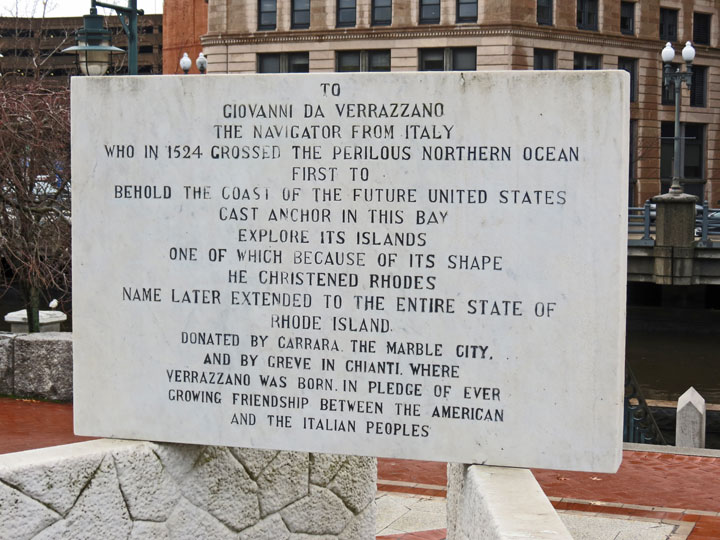
tribute to Verrazzano
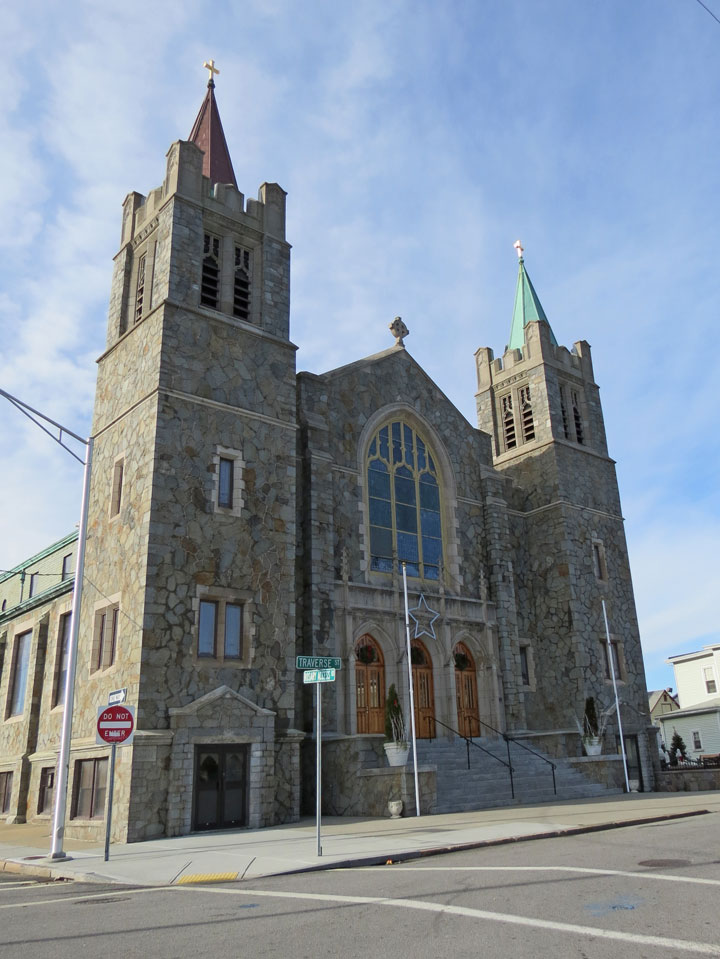
Our Lady of the Rosary Church
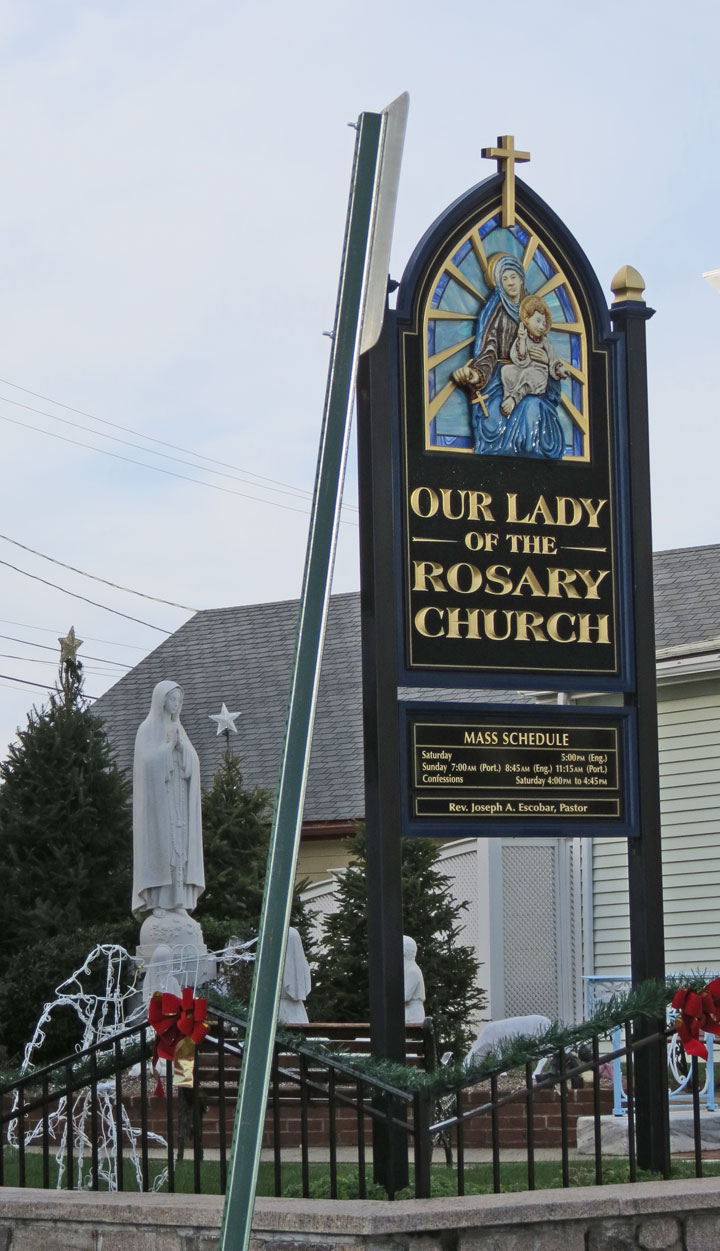

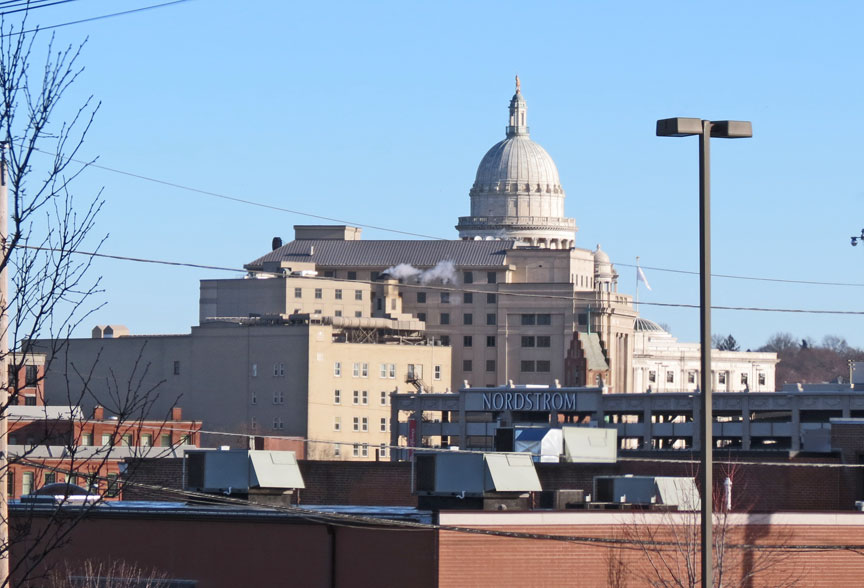
view across town of the Rhode Island State House dome
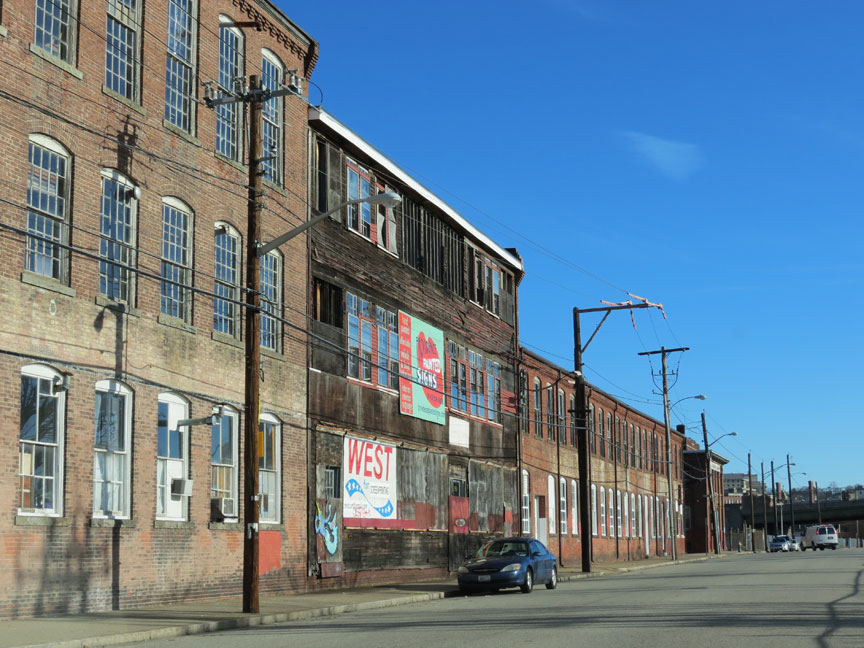
dock area

